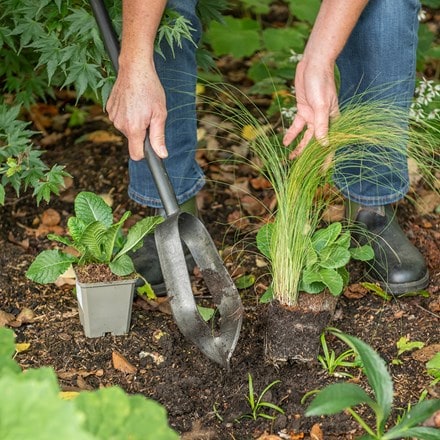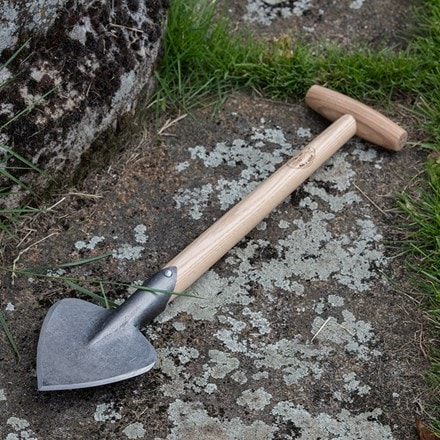Brunnera macrophylla 'Alexanders Great' (PBR)
siberian bugloss
- 9cm pot
- £11.75
- In stock (shipped within 2-3 working days)
- 3 × 9cm pots
- £25.75 £8.58 each
- In stock (shipped within 2-3 working days)
Delivery options
- Standard £5.99
- Position: partial shade or full sun if reliably moist
- Soil: fertile, humus-rich, moist, well-drained soil
- Rate of growth: average to fast
- Flowering period: March to April
- Hardiness: fully hardy
The larger than average, highly patterned foliage of this handsome ground-covering plant is ideal for illuminating cool, shadier spots in the garden. In early spring (at around the same time as the foliage emerges), it sends up sprays of small, blue, forget-me-not-like flowers that are held on slender stems, which grow taller as the leaves develop fully. The heart-shaped foliage of Brunnera macrophylla 'Alexanders Great, (PBR), forms a dense, gently spreading clump, so it's useful for softening the edges of a path or border - and it also looks great when woven through a naturalised setting and teamed with other shade-loving plants such as ferns or hostas.
Incorporate a generous amount of composted organic matter or well-rotted manure into the backfill during planting, but choose a shady spot to preserve the vibrant foliage.
Water newly planted perennials regularly for their first year to encourage successful establishment, providing extra water during long dry spells.
Apply a mulch of garden compost or well-rotted manure to the soil surface annually in spring to enrich the soil. Remove spent flower spikes after the last bloom has faded.
Once established and if desired, lift and divide the plant every two or three years in late autumn.
Water newly planted perennials regularly for their first year to encourage successful establishment, providing extra water during long dry spells.
Apply a mulch of garden compost or well-rotted manure to the soil surface annually in spring to enrich the soil. Remove spent flower spikes after the last bloom has faded.
Once established and if desired, lift and divide the plant every two or three years in late autumn.
Goes well with
Pinpoint rotational planter for young plants/bulbs - Crocus by DeWit
small
£49.99
In stock (shipped within 2-3 working days)


